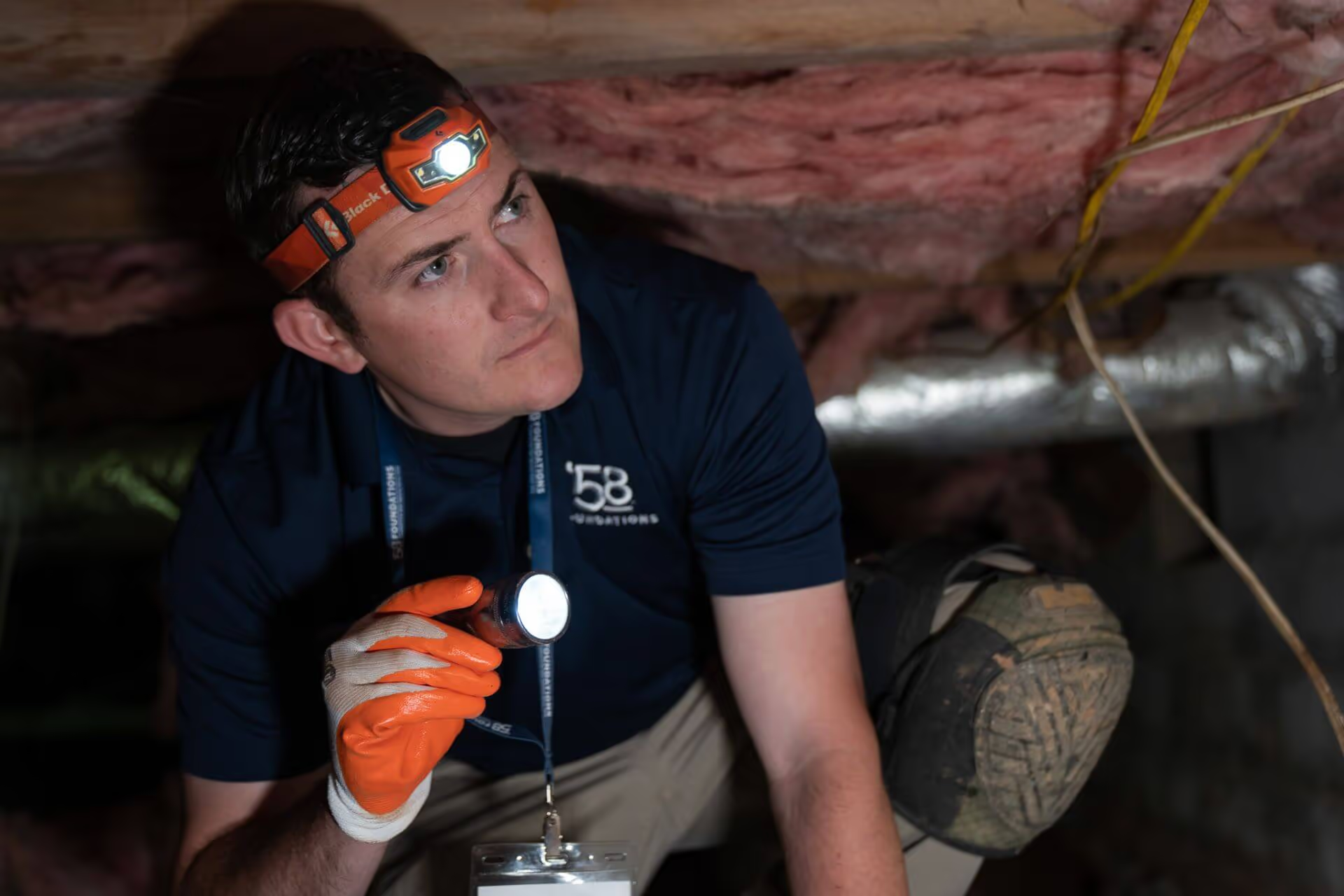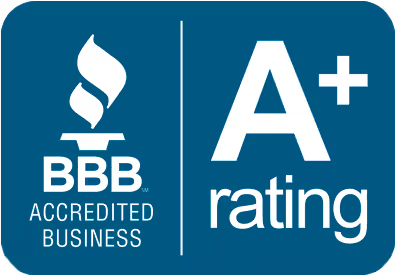Winter can be a slower season for concrete leveling, primarily due to cold weather. While many people focus on the holidays or tax preparation, fewer think about outdoor concrete repairs. However, there are still situations, such as real estate transactions, renovations, or safety concerns, that necessitate addressing sinking concrete even during the colder months. Whether the work can be done largely depends on the type of repair and the conditions.
The biggest factor in successful concrete leveling during winter is the temperature—both outside and in the ground. Frozen ground poses significant challenges for exterior concrete leveling because frozen moisture acts like adhesive, bonding to the bottom of the concrete slab. Attempting to lift concrete in such conditions could cause the slab to crack or break.
For interior concrete repairs, however, the conditions are much more manageable. Areas like garages, basements, and other indoor spaces are protected by frost walls, keeping the ground temperature stable and suitable for concrete leveling year-round.
When comparing mudjacking and polyurethane concrete leveling during the winter, significant differences emerge:
Regardless of the method used, winter weather ultimately dictates whether exterior concrete leveling can be completed. Interior concrete repairs, however, remain a viable option throughout the season. It’s essential to plan concrete raising projects around seasonal changes, as conditions can vary significantly from day to day.
At '58 Foundations & Waterproofing, we specialize in polyurethane concrete leveling, ensuring year-round solutions for your interior concrete repair needs. Contact us today to schedule your consultation and keep your property safe and functional, no matter the season.
Foundation issues rank among the most critical problems a homeowner can face. Whether your driveway concrete is cracking or your basement floor is sinking, these signs indicate it might be time to consult a professional in concrete repair and foundation stabilization. A sagging foundation can negatively impact your home’s safety and value. Fortunately, there are effective methods to address these problems, with two of the most common being concrete leveling and mudjacking. Below, we’ll explore the differences between these two techniques.
If you’re unsure which solution is best for your property, contact the experts at '58 Foundations & Waterproofing for guidance.
The foundation of your home is vital for maintaining the structural integrity of your property. Over time, the soil around your home can settle naturally. However, if the soil wasn’t compacted properly during construction, excessive settling may occur, leading to structural damage. Here’s how different leveling methods can address these issues:
A modern and effective option for concrete leveling is the use of polyurethane foam. This method involves injecting an eco-friendly liquid polymer foam through small, penny-sized holes drilled into the affected concrete. Once injected, the high-density foam undergoes a chemical reaction, expanding and stabilizing the loose soil beneath the slab. This process lifts the sunken concrete back to its original position.
Key benefits of polyurethane foam include:
Mudjacking, also known as slab jacking, is another method of concrete leveling. This technique involves injecting a mixture of cement, sand, and water beneath the affected slab to raise it. During the process, small holes are drilled near the sagging or cracked areas, and the mixture is pumped into these holes to elevate the concrete.
While effective, mudjacking has some drawbacks compared to polyurethane foam:
If you’ve noticed sinking or cracking concrete around your home or business, it’s time to call a professional. At '58 Foundations & Waterproofing, we’ve assisted countless homeowners and business owners with effective concrete leveling and foundation repair solutions. Whether it’s a cracked sidewalk creating tripping hazards or a compromised foundation threatening your home’s stability, we’re here to help.
For more information about our concrete leveling services or to schedule an inspection, contact '58 Foundations & Waterproofing today. Our team is ready to provide reliable, durable solutions to restore the integrity of your property.
Water is one of the most damaging forces to your home’s concrete surfaces. When water seeps underneath your sidewalk or driveway, it can erode and wash away the supporting soil, causing concrete to sink and crack. Fortunately, there are effective methods to prevent water damage and protect your concrete.
Polyurethane foam is a highly effective solution for supporting concrete and preventing water-related issues. At '58 Foundations & Waterproofing, we use this expanding foam to raise and level sunken concrete and fill voids created by flowing water. Even if your concrete slabs appear intact, voids beneath the surface can compromise their stability over time. Injecting polyurethane foam into these voids ensures better support than soil, as the foam resists compression and won’t wash away.
For a temporary and cost-effective solution, sealing cracks with caulk can prevent water from infiltrating your concrete. Flexible polymer caulks like Sikaflex 1a are excellent for sealing surface cracks or expansion joints. Caulking is a simple DIY option that helps protect your concrete from further damage. By sealing open cracks, you can block water entry and extend the lifespan of your concrete.
Creating a thick layer of dirt between your concrete and potential water sources is another method to prevent water intrusion. This DIY technique requires minimal skill and can be done using excess dirt from your property. While this method is inexpensive, it’s not as durable as polyurethane foam or caulking and may require frequent maintenance to remain effective. However, as a short-term measure, it can help keep water away from your concrete.
Preventing water from seeping under your concrete is crucial to avoiding costly repairs. Whether you choose polyurethane foam, caulking, or a dirt barrier, taking proactive steps can save you time and money in the long run. If you suspect voids beneath your concrete or want to prevent future settling, contact '58 Foundations & Waterproofing today. We’ll help you protect and preserve your sidewalk and driveway for years to come.






We respect your privacy. By submitting, you authorize '58 Foundations and Waterproofing to reach you via call, email or text for information about your project needs. We will never share your personal information with third parties for marketing purposes. You can opt out at any time. Message/data rates may apply. Consent is not a condition of purchase. Privacy Policy